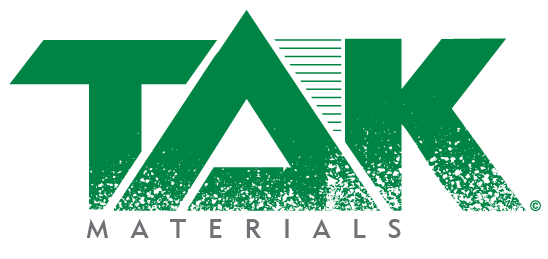Our Products
Bullseye is a specially designed roofing underlayment which combines the benefits of both synthetic underlayments and asphalt saturated roofing felt. With this 4 layer design, we have achieved a product with an excellent walk surface, a very low stretch factor, and, due to the SBS modified asphalt core, excellent fastener sealability.
FEATURES
High quality non-woven walk surface provides excellent traction on steep roof slopes even in high temperatures.
- SBS modified asphalt formula helps to ensure fasteners won’t leak when properly installed.
- A high strength fiberglass mesh core adds strength and rigidity, thereby minimizing stretching and wrinkling.
- Excellent high temperature stability and low temperature flexibility.
- 180 day exposure rating due to specialized UV blockers in the non-woven surface.
- Can be used under all types of roofing materials, including asphalt shingles, shake, slate, tile, metal, and synthetic products.
- Meets and exceeds the requirements of ASTM D226, ASTM D4869, and ASTM D1970 Nail Sealablility.
INSTALLATION
Bullseye is an SBS modified synthetic underlayment that is a highly water resistant barrier under all types of roofing products including, but not limited to, asphalt shingles, cedar shakes and shingles, concrete tile, slate, metal roofing, and synthetic roofing products. Always follow the installation guidelines of the finished roofing product to be installed. Bullseye can be left exposed up to 180 days (please refer to the exposure rating installation guidelines below for your specific installation). It is always recommended to have an ice and water membrane installed in all valleys, along rake edges and eaves, and around all penetrations through the roof surface prior to the field installation of Bullseye. Apply Bullseye underlayment over a clean, dry, prepared deck surface that is free from voids and unsupported areas. Remove all exposed fasteners that could penetrate through the surface prior to installation.
Standard short term exposure where the finished roofing material will be installed over Bullseye within 7 days, and at a 4:12 pitch and above: Start with a full height 37.25” roll, and install parallel to eaves, from the bottom to the top of the roof deck. All horizontal seams should be overlapped by 2” – 4” and end laps should be a minimum of 6”. Make sure that each course of Bullseye is pulled tight and installed wrinkle free. Do not install fasteners in the field of the product if possible; only through the horizontal overlaps and end laps. Use of hammer tacker staples is acceptable if installed 90 degrees to the roof surface, through 2 or more layers of Bullseye. Staples must be installed flush to the roof deck. Underdriven or overdriven staples may cause leaks in the underlayment, and decrease the fastener holding power. If there is no wind, fasteners should be installed a minimum of every 24” along all edges.
Low slope applications between 2:12 and 4:12 pitches: Install Bullseye as follows with a 2 ply system. Start parallel to the gutter edge with a 19” tall starter strip of underlayment. The second course of Bullseye should be installed as a full 37.25” roll, completely overlapping the starter course of material. Each succeeding row should be installed overlapping the previous course by 19”, so the entire roof area will be 2 plys of material. Endlaps should be increased to a minimum of 18”. 1” minimum plastic or metal cap nails are required for low slope installations.
Long term exposure installations up to 180 days in normal wind areas: Increase the frequency of fasteners to a minimum of 12” along all edges. Hammer tacker staples should not be used on long term exposure installations. 1” minimum plastic or metal cap nails driven flush at 90 degrees to the roof surface are required.
High wind areas and coastal installations: The same fastening requirements as for long term exposure installations apply. Increase fastener frequency to every 4” along all gutter edges, rake edges, course laps, side laps, and at roof to wall intersections. Install final roofing materials as soon as possible in high wind areas, as wind driven rain can cause leaking at seams.
PRODUCT SPECIFICATIONS
Surface: Non Slip Synthetic Polypropylene
Roll Size: 37.25” x 145’
Coverage: 450 Sq. Feet
Roll Weight: 40 lbs.
Thickness: 30 Mils
PERFORMANCE RATINGS
Temperature Range:
40˚F to 240˚F
Moisture Vapor Permeability:
ASTM E96 .05 Perms
Resistance to Water Transmission:
ASTM D 4869 PASS
Nail Sealability:
ASTM D 1970-15 PASS
Tear Strength:
ASTM D4073 75 lbf
Breaking Strength:
ASTM D146 >55lbf/in
Thickness:
ASTM D 1777 30 Mils
Dimensional Stability:
ASTM F1087 PASS
Unrolling @ 32˚F & 140˚F:
ASTM D226 PASS
Cold Flexibility -25 Deg˚F:
ASTM D5147 PASS
Pliability:
ASTM D146 PASS
Test data is based on average results and are not limiting specifications. Normal manufacturing variation may produce results 10% above or below typical data and should not be considered or interpreted as minimum or maximum values.



